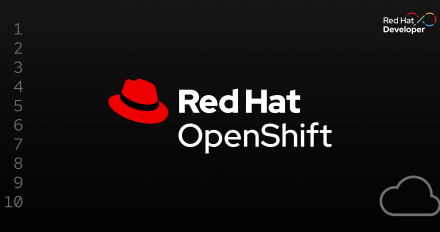
Introducing the external secrets operator for OpenShift
Learn about the external secrets operator for OpenShift (now generally available), including features, benefits, and integrations for enhanced secrets management.

Learn about the external secrets operator for OpenShift (now generally available), including features, benefits, and integrations for enhanced secrets management.
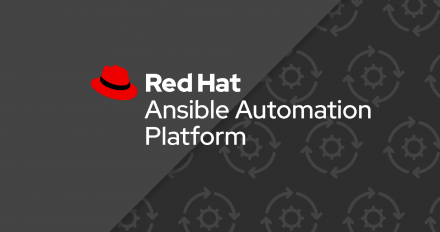
Learn how to install Red Hat OpenShift AI to enable an on-premise inference service for Ansible Lightspeed in this step-by-step guide.
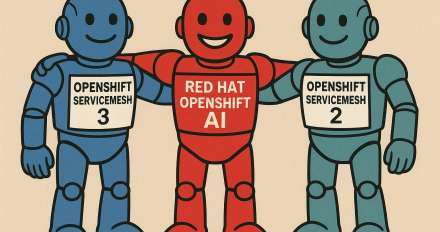
Learn how to overcome compatibility challenges when deploying OpenShift AI and OpenShift Service Mesh 3 on one cluster.

This article discusses how the HaProxy router settings affect middleware applications, such as JBoss EAP 7/8 and OpenShift Serverless.

Red Hat OpenShift 4.19 brings a new unified perspective, AI chat assistant OpenShift Lightspeed, simultaneous VM migrations, and other features for developers.
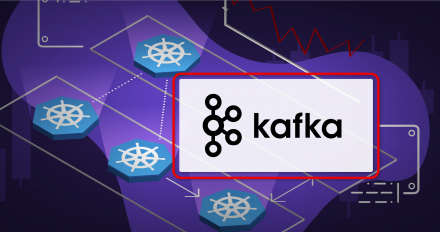
Discover why Kafka is the foundation behind modular, scalable, and controllable AI automation.

Evolve an application into a serverless model using Red Hat OpenShift. Learn why serverless matters and how to implement it using Knative Serving and Functions.
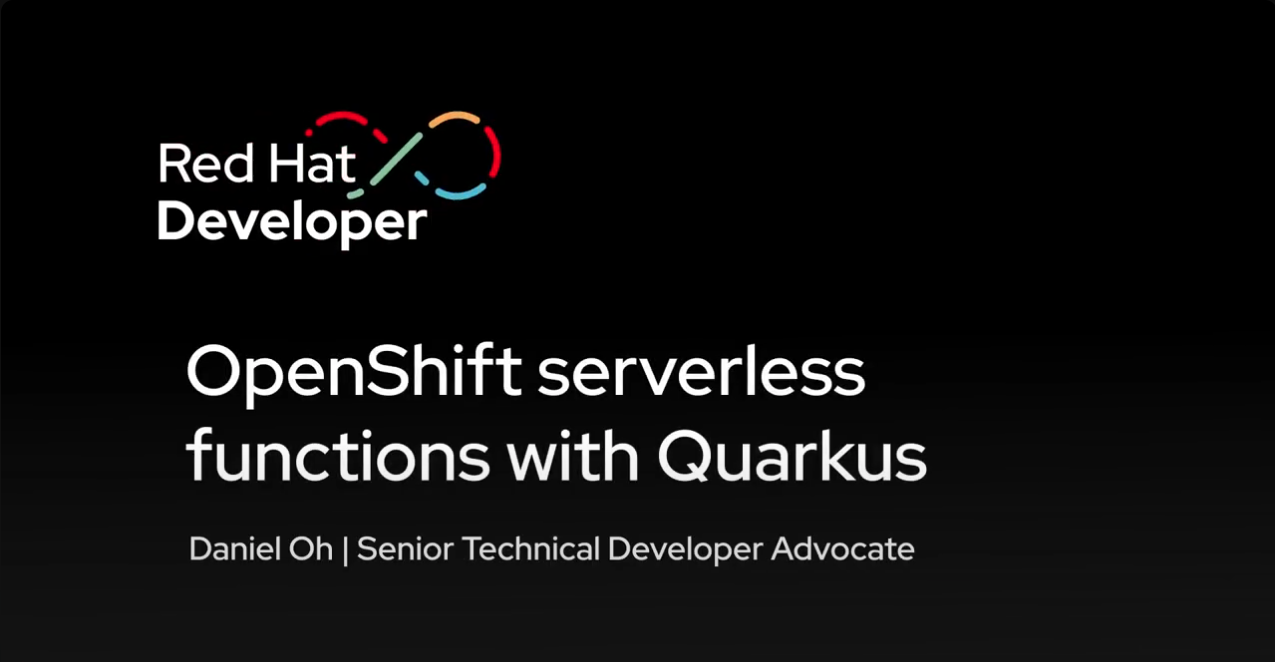
Learn how to write serverless functions with Quarkus.

Learn how to write serverless functions with Node.js.
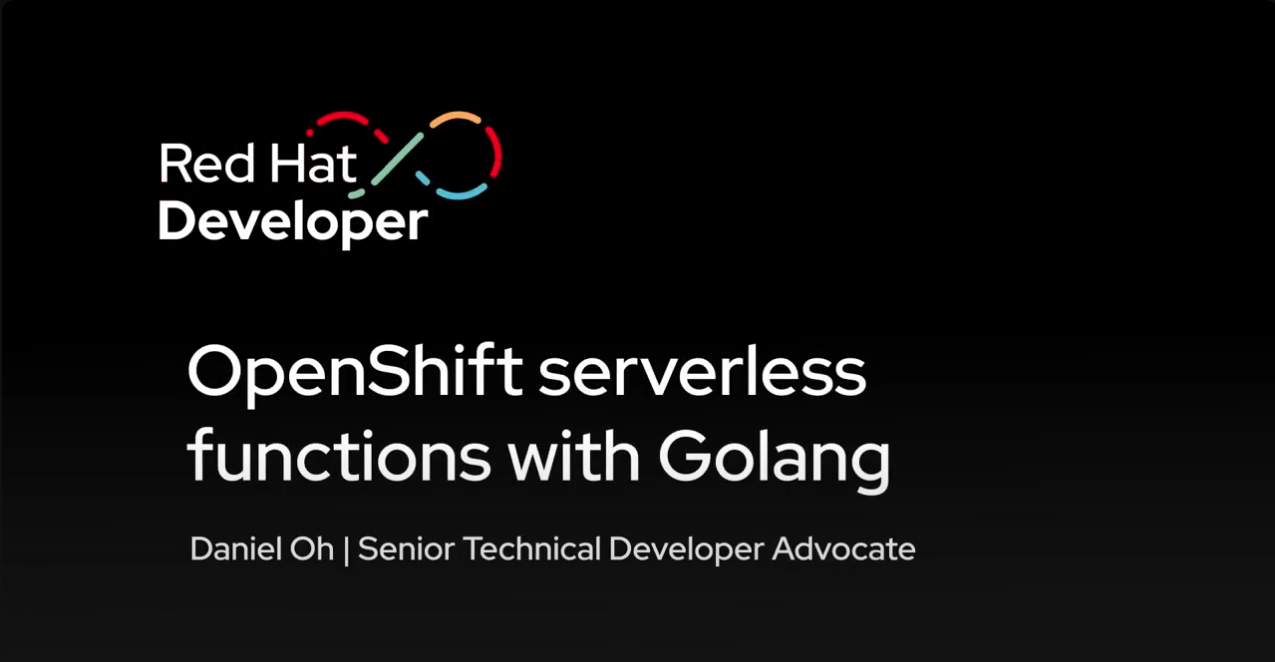
Learn how to write serverless functions with Golang.
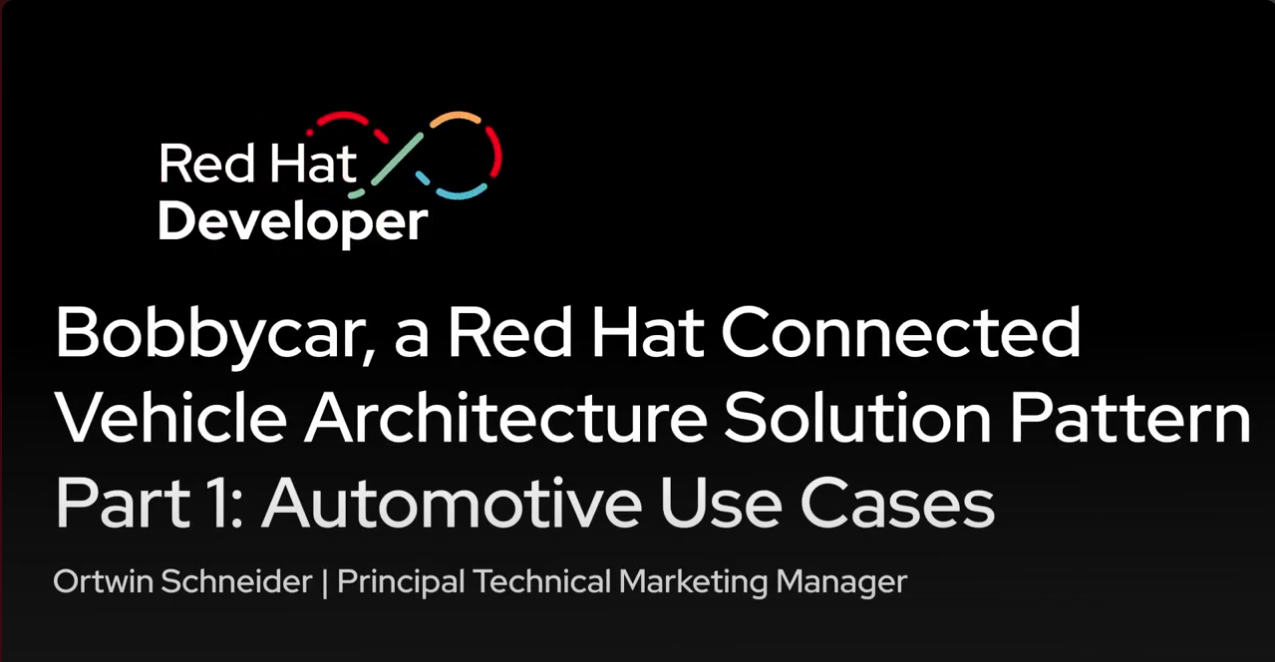
This Red Hat solution pattern implements key aspects of a modern IoT/edge architecture in an exemplary manner. It uses Red Hat OpenShift Container Platform and various middleware components optimized for cloud-native use. This enterprise architecture can serve as a foundation for an IoT/edge hybrid cloud environment supporting various use cases like over-the-air (OTA) deployments, driver monitoring, AI/ML, and others. Bobbycar aims to showcase an end-to-end workflow, from connecting in-vehicle components to a cloud back-end, processing telemetry data in batch or as stream, and training AI/ML models, to deploying containers through a DevSecOps pipeline and by leveraging GitOps to the edge.

Red Hat OpenShift Serverless is based on the Knative open source project. It provides a uniform and tightly integrated interface across the hybrid cloud ecosystem. This video covers how to deploy and update applications, route traffic to applications, and auto-scaling.
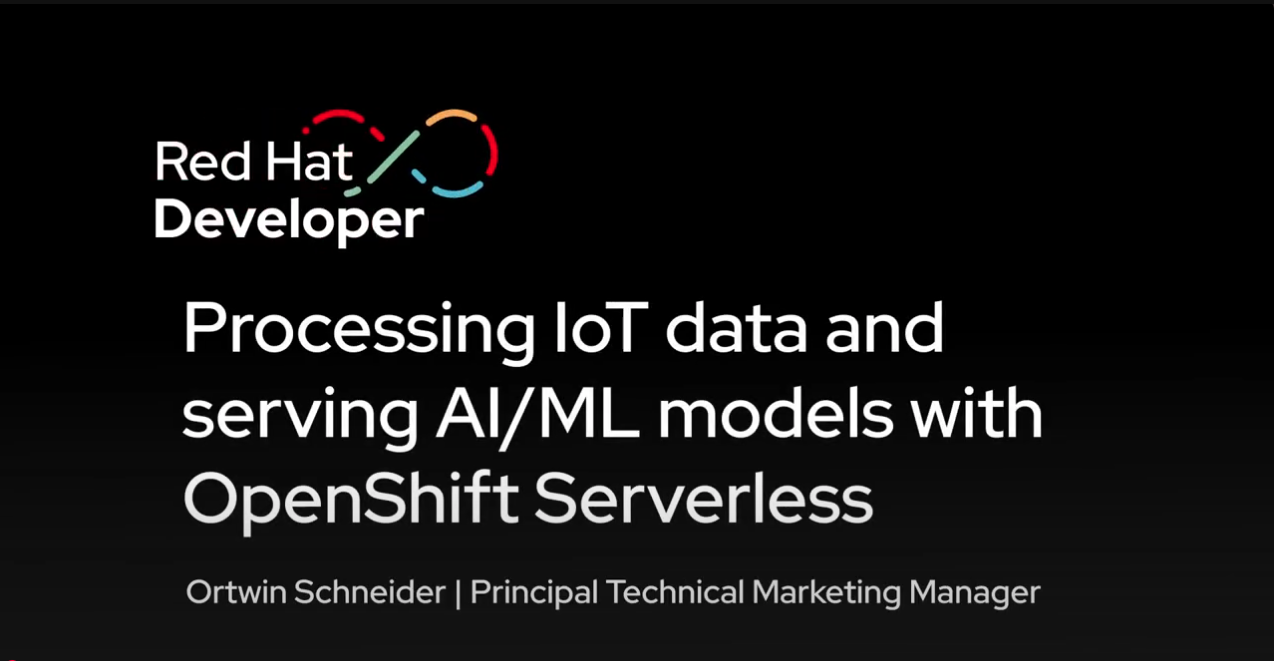
Explore Knative Serving, Eventing, and Functions through an example use case. You’ll see how to collect telemetry data from simulated vehicles, process the data with OpenShift Serverless, and use the data to train a machine learning model with Red Hat OpenShift AI, Red Hat's MLOps platform. The model will then be deployed as a Knative Service, providing the inference endpoint for our business application.
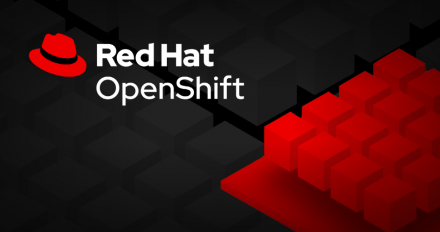
Discover what's new for developers in Red Hat OpenShift 4.18, including new


Find Kubernetes and OpenShift articles on performance and scale testing, single-node OpenShift, OpenShift Virtualization for VMware vSphere admins, and more.

Find out what new features and capabilities have been provided in Red Hat

Serverless logic in Red Hat OpenShift enables developers to use workflows for function and event orchestration. Learn how it works and how you can get started.

Simplify application development for microservices and functions with OpenShift Serverless.

Download Red Hat software for application developers at no-cost.
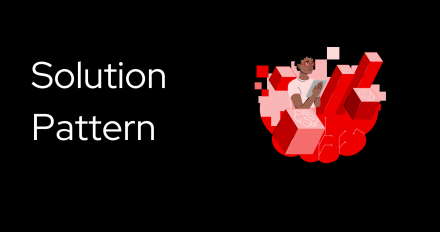
Event-driven Sentiment Analysis using Kafka, Knative and AI/ML
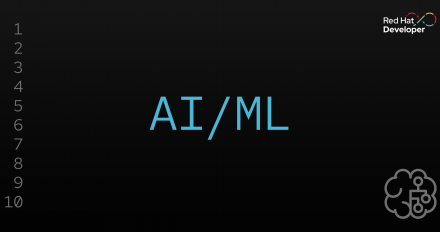
Learn a simplified method for installing KServe, a highly scalable and standards-based model inference platform on Kubernetes for scalable AI.

Learn how to implement a back-end function and a front-end web application, then
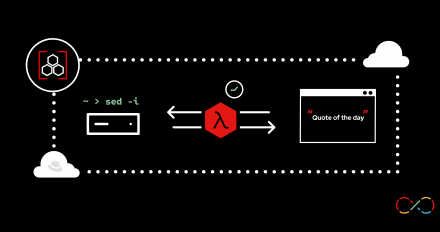
Because application images are prebuilt for use in containers, using server